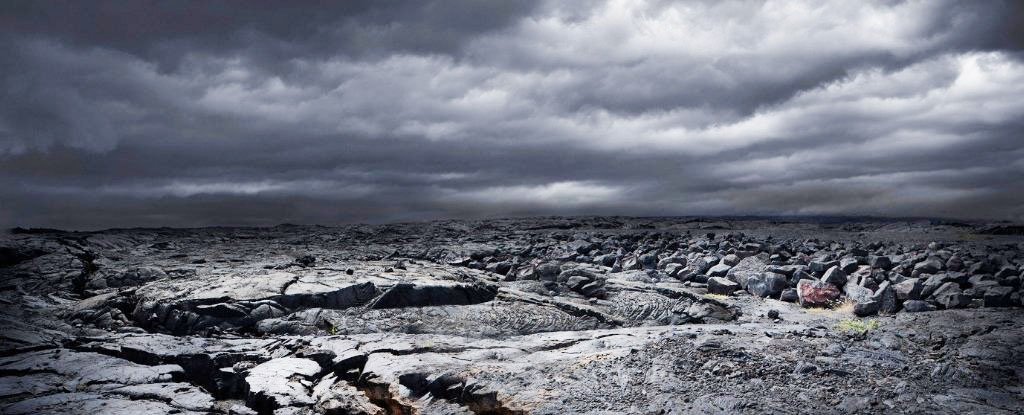(Chris Clor/Getty Images)
Of all the volcanic eruptions to shake our planet in the last 2 million years, the Toba super-eruption in Sumatra, Indonesia, was one of the most colossal. But it may not have been the global catastrophe we once thought it was.
The massive eruption happened roughly 74,000 years ago, spewing roughly 1,000 times as much rock as the 1980 eruption of Mt St Helens. For a while there, some thought the fall-out was so extreme, it triggered a decade-long "volcanic winter" and a millenia-long glacial period.
This so-called Toba catastrophe theory left the global human population with just a few thousand survivors. Except, that's probably an exaggeration.
In recent times, archaeological evidence in Asia and Africa has suggested that while the eruption was indeed tremendous, the consequences were not so apocalyptic after all, and it certainly didn't leave humans on the brink of extinction.
Now, an ancient and "unchanging" stone tool industry, uncovered at Dhaba in northern India, suggests instead that humans have been present in the Middle Son Valley for roughly 80,000 years, both before and after the Toba eruption.
Read the rest of this article...

No comments:
Post a Comment
Note: Only a member of this blog may post a comment.